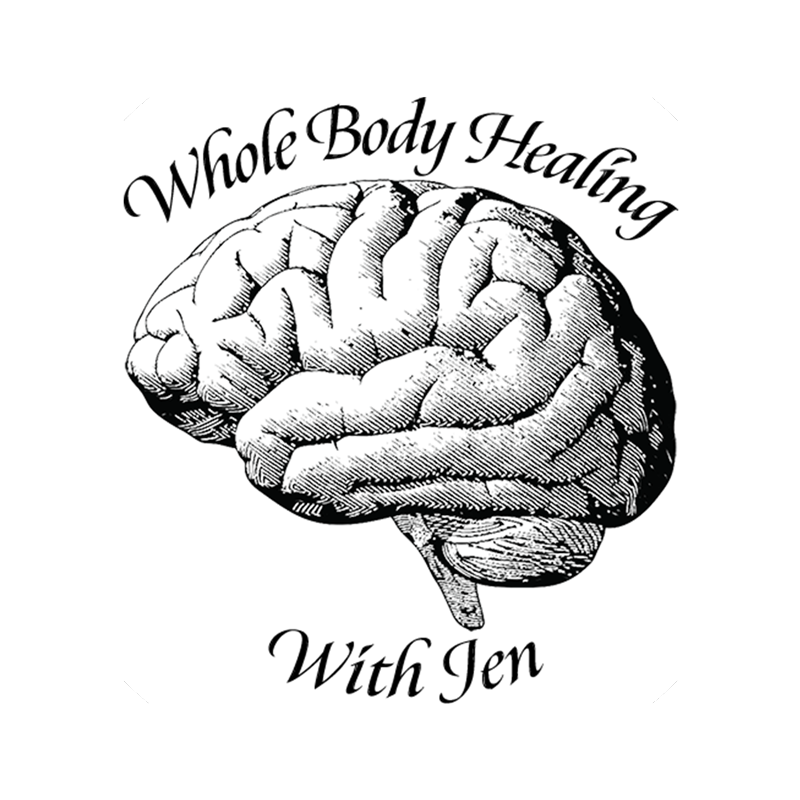How to Heal Digestive Disorders
Digestive disorders such as IBS, Celiac’s, Crohn’s Disease, Ulcerative Colitis, and other digestive disorders are not addressed differently- they are simply different manifestations of two issues: damage in the lining of the digestive tract and imbalance in the bacterial populations of the digestive tract. These issues are generally called “leaky gut” and “gut dysbiosis” in popular literature.
It used to be that all severe digestive disturbances were called Celiac’s Disease, which was first described in the late 1800’s primarily in children who would have severe diarrhea and digestive pain which was sometimes fatal. A pediatrician named Dr. Sidney Haas discovered that by putting these children on a very simple diet of yogurt, bananas and lean chicken breast, he could reverse the condition and expand their diet in the long term without the return of symptoms. He paired this diet with aggressive detox protocols, using castor oil flushes and enemas. This would clear compacted stool that was causing a toxic build up in the bowel.
Dr. Haas’s approach was to detoxify the bowel while eliminating all fiber that could be irritating to the gut as well as maintaining essential nutrient intake for children’s growth and development: yogurt and chicken breast for essential amino acids and bananas for an easy to burn fuel of carbohydrates. To be clear, this worked because he both eliminated foods that were irritating the gut lining and feeding chronic infections simultaneously.
The wall of the digestive tract is surprisingly delicate. Long fingerlings called villi with microscopic “micro villi” are structures that must stay nourished and healthy. Having robust stomach acid and enzyme production, and chewing our food well in a non stressed state ensures our food is broken down enough to not irritate and damage these structures. Once these structures our damaged through chronic stress, chronic infections, or otherwise disrupted digestive processes, fiber tends to cause a problem. Fiber will irritate already damaged villi and eventually lead to the inflammatory condition of leaky gut. This directly dysregulates our entire immune system which is modulated by bacterial populations living in biofilms between the villi which sends messages to the gut associated lymphatic tissue (GALT). This becomes an inflammatory feedback loop as food particles, toxins and pathogens start “leaking” into the blood stream through the inflamed places where the villi have been damaged in our gut lining. Once we have this leaky gut, not only do we experience digestive disorders, but nearly any other condition associated with chronic inflammation can develop.
This is why the specific diagnosis of your digestive disorder is less important than understanding this underlying process of a damaged and inflamed digestive tract. These diagnoses are really just spelling out a spectrum of inflammation and damage that is addressed through the same methods.
Dr. Sidney Haas had it right: when your gut lining is damaged and inflamed, the first step is to eliminate complex carbohydrates. Depending on the level of damage, some people have to eliminate most of all soluble fiber as well. Complex carbohydrates are also known as starch. They come in grains, legumes, and starchy vegetables such as potatoes. Soluble fiber comes in nuts, seeds, and lower carbohydrate vegetables like cruciferous vegetables (broccoli, cabbage, etc.). How many of these foods you have to eliminate to recover depends on the level of damage you have in your digestive tract. The more damage, the more you will have to eliminate to get your body to repair the damage and not be constantly re-irritating the gut lining.
Once we take away foods that are actively irritating a damaged gut lining, the body will begin to spontaneously heal. This means we also have to prioritize nutrients that have the raw materials for regenerating the tissues of the gut lining. This includes collagen rich proteins from amino acids like lysine, methionine, cysteine, glycine, and proline, as well as minerals such as zinc and B vitamins. Dr. Natasha Campbell McBride focused on this when she adjust Dr. Haas’s initial Specific Carbohydrate Diet to be more focused on prioritizing healing nutrients. Instead of focusing on simple carbohydrates like bananas and lean proteins, she recommended traditional Russian soups based on fatty and collagen rich cuts of meat. This is why meat stocks, bone marrow, and butter/ghee are prioritized in our gut rebuilding dietary protocols!
The good news is, that if you follow these protocols strictly, the gut CAN heal and become more resilient. Fiber and complex carbohydrates can usually be re-introduced without problems if you are consistently on the healing protocols for at least 6-24 months, depending on your individual case.
You can find all of our detailed meal plans, recipes and food lists in our pre recorded mini courses listed above. All of our meal plans include the principles needed to repair the gut lining. Please pick the meal plan that best describes your co occurring issues.
If you need more comprehensive support, please join our group coaching program under Subscription Program in the menu above.


